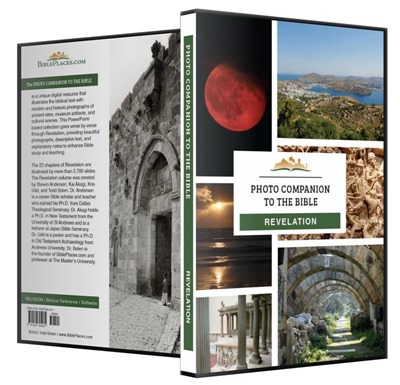“An archaeological dig in Nimrud, Iraq revealed an enormous palace door that belonged to the Assyrian King Adad-Nirari III during his rule from 810-783 BCE.”
Egyptian archaeologists working in the Fayoum area have discovered the first full-color portraits of mummies found in the last hundred years.
Fine jewelry from 1400 BC has been found on a young Egyptian woman buried in the Tombs of the Nobles at Amarna.
Virginia Verardi describes evidence discovered at a site in Syria that seems to have been a concealed murder.
Smithsonian Magazine addresses the question of who owns antiquities discovered in Egypt but now in museums in Europe and the US.
“Ancient Yemen: Incense, Art, and Trade” is a new exhibit at the Smithsonian that focuses on the area’s golden age in the Greco-Roman era.
“Saudi Arabia has announced the registration of 67 new archaeological and historical sites.”
New release: Late Bronze Age Painted Pottery Traditions at the Margins of the Hittite State (£55.00; pdf free)
Zahi Hawass will be going on a “Grand Lecture Tour” of a couple dozen US cities in May and June ($79 and up).
Jordan is planning to spend $100 million to develop the baptismal site at the Jordan River, including construction of a biblical village, restaurants, a museum, and “opportunities for pilgrims to have special quiet spiritual time.”
I’ll be back with part 3 of the weekend roundup tomorrow.
HT: Agade, Arne Halbakken, Ted Weis, Wayne Stiles, Charles Savelle, Keith Keyser, Gordon Dickson, Explorator
